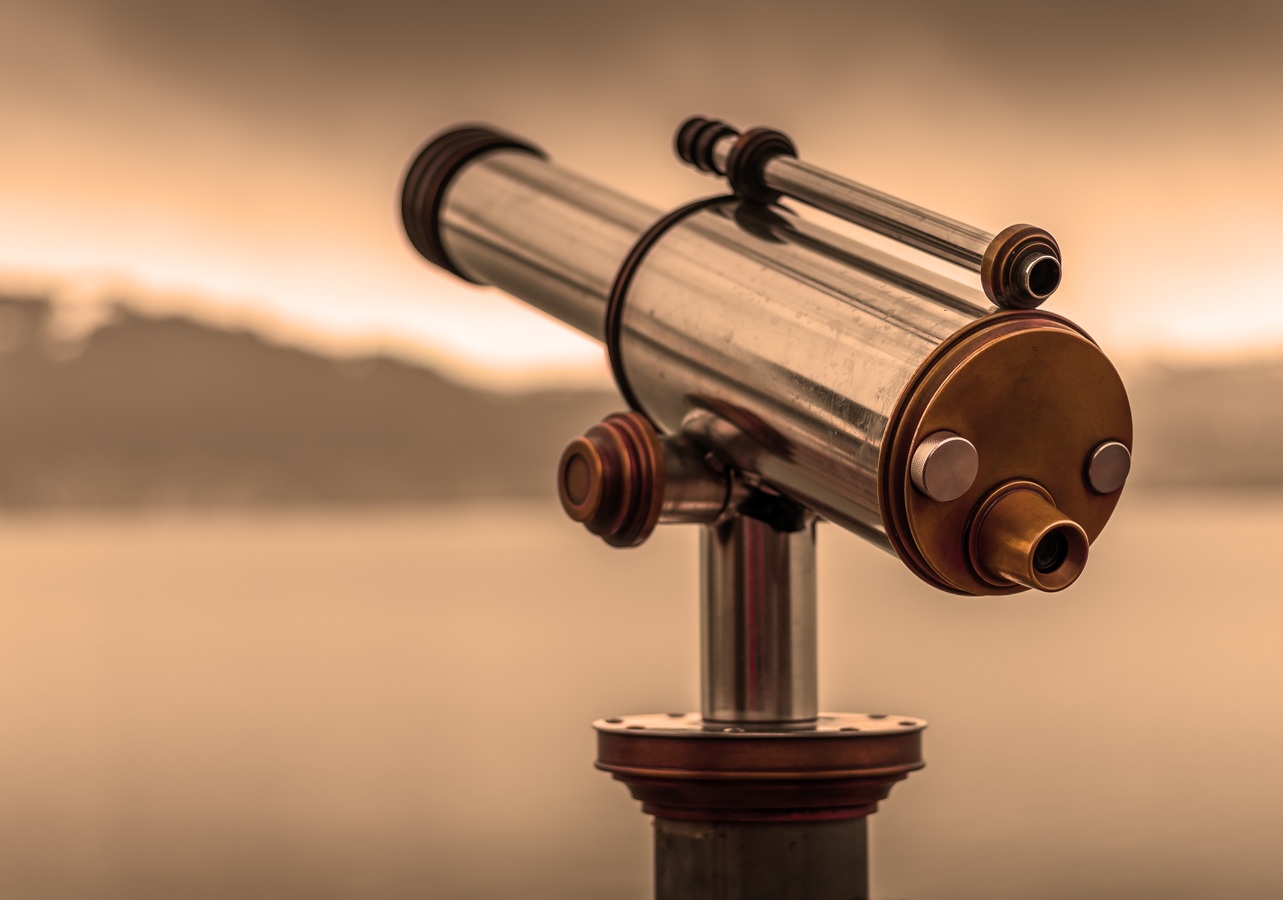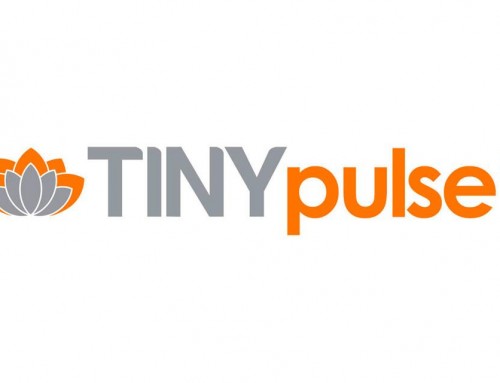Mission, Vision, etc — What is the Difference?
The mission is the strategy to carry out your vision. The mission should change — whether due to customer feedback, learning from experiments, market forces, etc. However, the vision can not change. If it does, that's not a "pivot" — that's a new company!
Always align your product ("what") to your "why" — Start with the "why"
What is the “Vision”?
The best companies have the Vision to change the world. You find hundreds of vision statements on the internet (see "Further Readings").
Your vision statement should be an audacious dream of a future reality based on the work you do. It should be bursting-at-the-seams with possibility. It’s where “begin with the end in mind” lives. It’s the heart and DNA construct of your organisation. — themarketingblender.com
A vision is a high-level statement which is stable and is part of the company identity. Startups at an early stage tend to pivot regularly (see Lean Startup), but the vision often remains the same. Eric Ries stated, "a pivot is a change in strategy, not vision".
The vision instead is what you "sell" when you pitch your company or brand. And much more important, the vision is where your customer loyalty comes from.
Visions do not change. What may change is how you strive for your vision, how you would realize and implement it — the so-called mission. But, when you change your vision, you totally a totally new company!
Once, your company's vision is established, that vision becomes greater than you. It is the Enterprise's “North Star” guiding each and every decision the company makes. The vision is the embodiment of the brand and the reason the company exists.
Visions exist on several organisational levels: company, department, and team level. And they can differ on each level! — But, each has to be aligned with the corporate one!
Take extra care to keep the vision high-level enough not to prematurely constrain its execution. It does not matter whatever you do to achieve the goal, every option remains open. Paraphrasing Woody Zuill, “be prepared for the wonderful”.
What is the “Mission”?
The Mission is the strategy to carry out your vision. The Mission is an extension of the organisation's purpose. It expands the purpose, with broadly measurable results. The mission is the reason why employees and teams come to work.
As visions, missions exist on several organisational levels: company, department, and team level. The mission is always aligned with core business activities.
A well-crafted mission statement answers WHAT you do, WHO benefits from this and HOW you do it. Depending on the particular organisational structure, the mission statement of a company can be broken down into its different divisions. All in all, the purpose is to help you stay focused on the activities of today that further your dreams of tomorrow. — themarketingblender.com
The mission should change — whether due to customer feedback, learning from experiments, market forces, etc. That is the definition of "pivoting", and it is one of the key reasons why startups can outmanoeuvre and beat large and slow-moving corporates.
However, your vision cannot change. If it does, that's not "pivoting" — that's a new company!
Don’t mix the documentation of your strategy with the documentation of ts implementation. Strategy and its implementation don’t evolve at the same pace.
The Sociocracy Group has a remarkable example of a clear vision and derived mission statement:

Vision & Mission statements of The Sociocracy Group (TSG).
The vision of The Sociocracy Group is precise and cristal clear — "envision a world where people live together collaboratively...". And the mission statement provides more details how to achieve it, without fencing in or constraining its ways of implementation.
Creating, Crafting & Communicating Vision & Mission
 Vision, mission, values, norms, and goals set up the strategic guidelines — the runway — wherein the people later will act in. Tasks and short-term goals can change — but the long-term goals and vision need to be clear and consistent. Management needs to be on the same page about these goals and maintain clear communication lines to the whole team.
Vision, mission, values, norms, and goals set up the strategic guidelines — the runway — wherein the people later will act in. Tasks and short-term goals can change — but the long-term goals and vision need to be clear and consistent. Management needs to be on the same page about these goals and maintain clear communication lines to the whole team.
Especially when creating new teams — aka Team Chartering — or when onboarding new employees, management has to clearly communicate the constraints and borders wherein the teams can organize themselves.
Goals
A vision alone is often not enough for people to start working. We may have to precise intermediate goals, e.g. to share work between different teams or to explore early what could be done and their alternatives. How do we know that goals have been reached? — Objectives and Key Results (OKR) is a management methodology that connects the work of employees to the company's overall strategic plan.
Values and Norms
Values and Norms are not the same. — It's often claimed that teams are a community of people who share equal values. That's not true. Employees or team members do not necessarily share common values equally. Though there is always an underlying common value system to which each team member relates. Nevertheless, each individual might connect only partially to these — for all valid — common values and if anything with personal, individual strength only yet.
Values are controversial, Norms aren't. — For sure, team members have a common normative structure to behave equally. However, values are what we esteem with our individual preference. For example, you may argue with individual passion for the value "equal rights for all people" — others may follow you with a limited commitment only.
Norms are codified, Values aren't. — Consider, for example, the federal constitution of your country states the value "equal rights for all people" as a normative principle by law. In this case, you have to follow this act without any arguments. More, if you violate this law, you are sentenced — even if you do not consent to it.
Values change more often than Norms do. — Values reflect what we esteem and believe. Values build a prioritized hierarchy of what is most important to us. For yourself, this hierarchy might change frequently influenced by new priorities, updated political, social, or economic aspects. Thus, check and update continuously the value system of your teams and employees whether they are still aligned with the corporate ones. A great tool to do this is the Team Charter Canvas.
How mission and vision fit together shows the website of the company Achievers very decisively.
Tools for Facilitating Vision & Mission Communication
To communicate vision and mission there are several tools. All have in common to create a shared understanding — which is crucial to align business, management, and (agile) teams to common corporate goals.
- Team Charter Canvas — Reading Time: 4 minutes The Team Charter Canvas I developed is a tool to reflect in depth on team chartering, teamwork and team culture, and team cohesion. It builds upon team values and goals: Mission, People & Roles, Scope, Common Goals, Values, Norms, and Fun Events. The Team Prime Directive summarises the team charter.
- Team Trust Canvas — Reading Time: 2 minutes The Team Trust Canvas is a variant of the Business Model Canvas. Alexey Pikulev created it as a tool to reflect about trust in teams and team culture. Trust is quantifiable and brings dramatic results to businesses and leaders. The canvas builds upon team values and goals: Clarity, Connection, Compassion, Value, Competency, Commitment, Contribution, Consistency. Alexey Pikulev developed the canvas in line with David Horsager's 8 Pillars of Trust.
- Business Model Canvas — Reading Time: 5 minutes The Business Model Canvas is a strategic management and entrepreneurial tool to reflect systematically on your business model. It allows you to describe, design, challenge, invent and pivot your business model. It allows you to view, reflect, and analyse your enterprise from 9 distinctive perspectives: Customer Segments and Relationships, Value Propositions, Distribution Channels, Revenue Streams, Key Resources, Key Activities, Key Partnerships, and Cost Structure.
- S3 Canvas series — Reading Time: 2 minutes The S3 Canvas Series by Bernhard Bockelbrink has its offspring from the Sociocracy 3.0 movement. There are canvases to explore new business models or product ideas (S3 organisation Canvas), to negotiate and clarify the delegation of a domain to a team or role (S3 Delegation Canvas), and to clarify and explore where teams stand and how to move forward (S3 Team Canvas).
- Consent-based Minimal Viable Decisioning — Reading Time: 5 minutes Consensus-based group decision-making is a cooperative process in which the voters develop and agree to support a decision in the best interest of the whole as a team. They do not only search for the agreement of most participants but also try to resolve or mitigate the objections of the minority to achieve the most agreeable decision. The group finds this minimal viable decision by discussing and arguing equally as many alternatives as possible until all group members consent with the highest agreement to "the final" solution even if it is not the favourite of each individual.
Do Your Customers And Employees Know Your Vision And Mission Well?
Many companies' mission statements are engraved in golden letters in their hallways. They have been branded to their website (examples) and embroidered into employees’ minds since their onboarding. But do employees really understand the mission and purpose behind these documents?
In 2015 the company Achievers published the report, The Greatness Gap: The State of Employee Disengagement, revealing that staggering 61% of employees surveyed didn't know their company’s mission statement. Even more surprising, of those who were familiar with their company’s mission, 57% said they weren't motivated by it.
It is not enough, to communicate your vision and mission via golden letter hallmarks at websites, intranets, wikis, and documents what are read only once. You have to live it! Show all days, all times, in each activity and task, in each project you do, your vision, mission, and values — and do it continuously!
First create your WHY, then your product! — Create your Business on values and purpose, not on products only!
Get your vision, mission, and product aligned: "Vision and strategy are foundational pieces without which even a good product cannot withstand the weight of its market." — Ash Maurya.
The same says Simon Sinek in his famous Ted talk about the Golden Circle. The golden circle has three layers:
- Why - This is the core belief of the business. It's why the business exists.
- How - This is how the business fulfils that core belief.
- What - This is what the company does to fulfil that core belief.
The fundamental difference between the "Apples" of the world and everyone else is that they start with "why." Sinek found that most companies do their marketing backwards. They start with their "what" and then move to "how" they do it. Most of these companies neglect to even mention why they do what they do.
"We make great computers. They're user friendly, beautifully designed, and easy to use. Want to buy one?" — Simon Sinek, Ted talk
Nor does Apple. A marketing message from Apple might actually look like:
"With everything we do, we aim to challenge the status quo. We aim to think differently. Our products are user friendly, beautifully designed, and easy to use. We just happen to make great computers. Want to buy one?" — Simon Sinek, Ted talk
You see the difference? Because Apple starts with "why" when defining their company, they are able to attract customers who share their fundamental beliefs. In his talk, Sinek uses a frequent mantra,
"People don't buy what you do. They buy why you do it." — Simon Sinek, Ted talk
To dive deeper into these topics, if you want to, here are some of my conference lectures and workshops.
|
Manage Agile 2016, Berlin |
dddd |
Agile Cambridge 2015, Cambridge UK |
Further Readings
- Michael Tarnowski: Team Values, Lego Serious Play, and Team Charter Canvas
- Michael Tarnowski: Norms, Values - Why Team building is Complex how to Simplify it
- Michael Tarnowski: How to align Organisational Change Agents to Common Goals
- 51 Mission Statement Examples from the Worlds Best Companies
- 12 Truly Inspiring Company Vision and Mission Statement Examples
- Best Examples of Company Vision and Mission Statements
- Vision Statement Examples and Inspiration
- Alar Kolk: Visions & Missions of Fortune Global 100, Slideshare 2010
- Adeo Ressi: Create A Clear Vision For Your Business, And Then Stick To It, Forbes Aug. 2016.
: pxhere.com • TheSociocracyGroup.com • Bill Ferriter via flickr.com, .








Leave A Comment